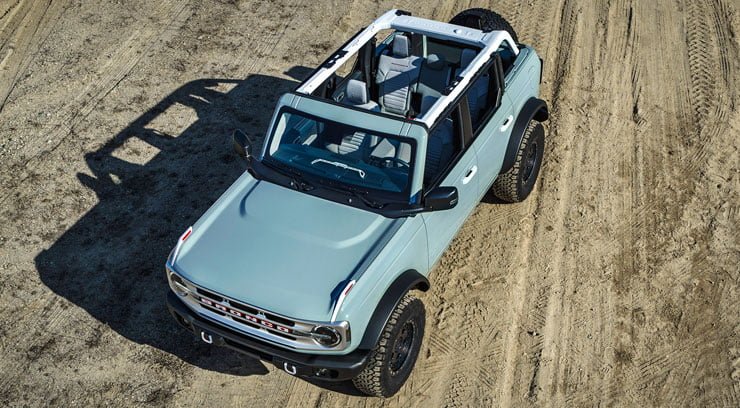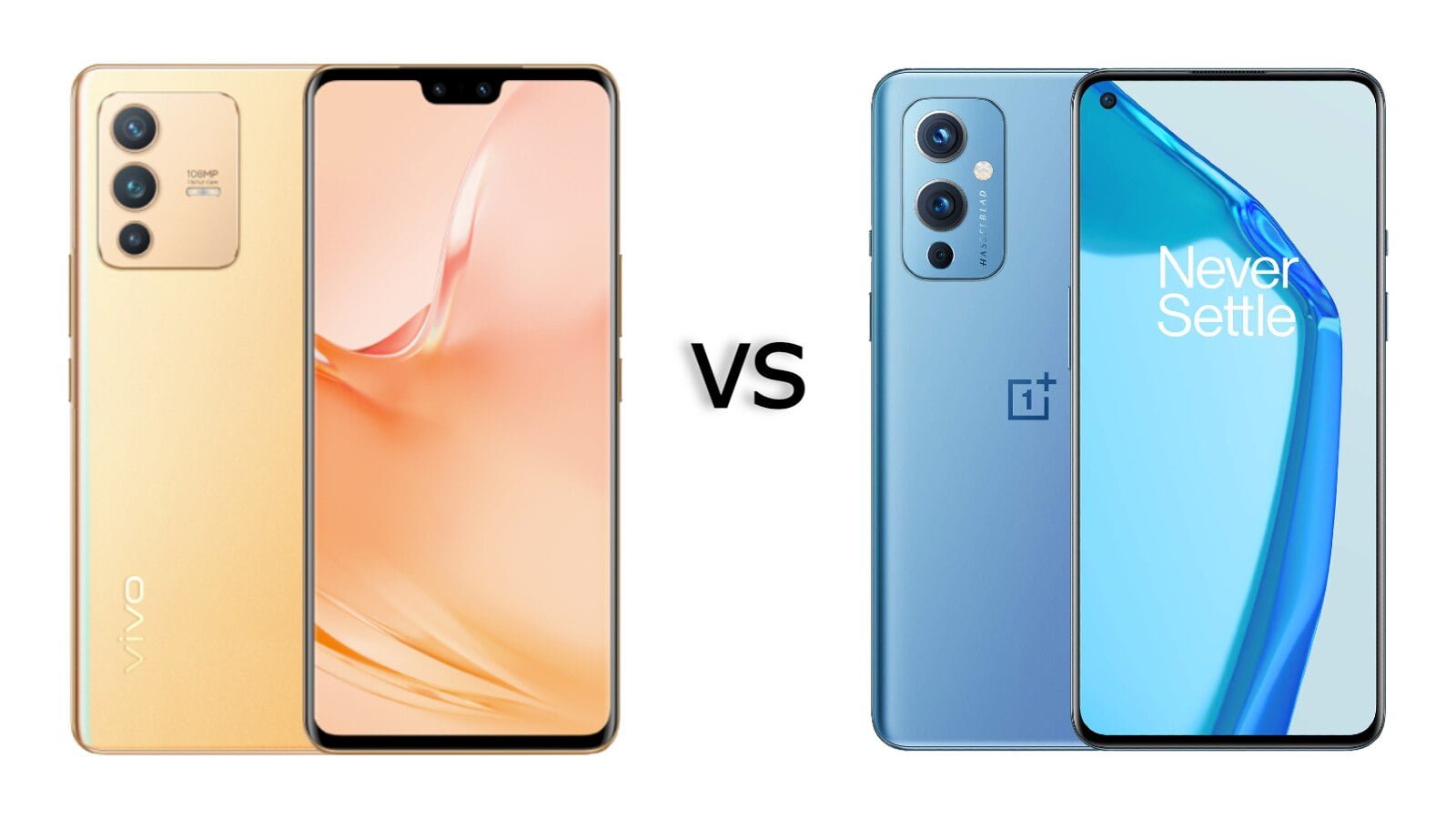
You’ll have to agree that the Ignis stands out in the Maruti Suzuki universe. It’s unique for its combination of tall-boy dimensions and a crossover-like stance. Sure, its looks will polarise opinions, but for buyers seeking a certain degree of individuality, the Ignis does a great job.
Ford’s new Freestyle gets crossover-like styling cues, a raised and retuned suspension and a premium kit that adds a lot of flavour. Is the Freestyle the better cross-hatch, though? We’ve got the diesel versions of the two models and compared out findings.
| Dimensions | |||
| Ford Freestyle 1.5D Titanium+ M/T | Maruti Ignis 1.3D Alpha M/T | ||
| Length | 3954mm | 3700mm | |
| Width | 1737mm | 1690mm | |
| Height | 1570mm | 1595mm | |
| Wheelbase | 2490mm | 2435mm | |
| Boot space | 257 litres | 260 litres | |
| Fuel tank | 40 litres | 32 litres | |
What are they like inside?
The Freestyle gets a black and brown theme that looks sporty. The top half of the dashboard is chocolate brown – and while it may not be to everyone’s taste, it adds some much-needed colour. The Freestyle incorporates Ford’s new touchscreen Sync 3 infotainment system, which is placed high-up on the dashboard and is easy to see. Quality of bits is better than the Ignis in some places and the interiors feel more solidly put together, although the centre console is a bit too wide. The seating position is slightly raised, so getting in and out is quite easy and the seats are also nice and comfy. It also gets some nice bits like height-adjustable seat belts, leather-wrapped steering, aircon knobs finished in chrome and even sun visors with vanity mirrors – all of these lend a premium feel to the cabin. Get into the back seat and there’s decent legroom and knee-room. However, taller passengers will find headroom to be tight. The fixed neck restraints jut into the nape of occupants rather uncomfortably, too. There’s almost no storage in the back, either; apart from the seatback pockets and a bottle holder between the front seats. The Freestyle has a 257-litre boot that is decently sized for weekend luggage; the boot space can be increased by folding down the rear seats. They don’t split 60:40 like the more versatile Ignis, though.
The Ignis’ fresh and funky interiors are a big departure from Maruti’s usual style. The clever use of a two-tone theme and lighter colours make the cabin feel nice and bright. The flat dashboard, floating touchscreen, cylindrical climate control console with toggle switches and certain body-coloured bits, all work well together, giving the cabin a youthful persona. Certain parts aren’t as solidly built as that of the Ford. However, quality is good for the most part. The front seats are not as nice; the cushioning is a bit soft and the side bolstering doesn’t hold you well in place; but they do provide ample support. At the rear, the Ignis is clearly better. Despite the slightly thicker C-pillar, it feels airy and there’s ample head-, knee- and legroom. The rear is a bit narrower than the Freestyle, so sitting three abreast won’t be as comfortable, but what’s nice is that Maruti offers adjustable rear-neck restraints for safety. You also get door bins, a front seatback pocket and a bottle holder between the front seats for storage. Boot space is at an almost identical 260 litres.
How do they compare on safety and features?
Ford has taken the safety game up a few notches with the Freestyle. It is the most affordable car to be equipped with safety kit like six airbags, traction control (TC) and electronic stability program (ESP), along with active rollover prevention (ARP). It also gets larger 185mm tyres with 15-inch alloys. In addition to these, the Freestyle has auto headlamps, an auto-dimming mirror, height-adjustable front seatbelts and the MyKey function, which allows the owner to restrict the maximum volume levels and vehicle speeds. To top it off, this car gets a touchscreen infotainment system that offers both Android Auto and Apple CarPlay which is really nice and easy to use.
In comparison, the Ignis boasts projector LED headlamps and keyless entry, which the Freestyle misses out on (the Ford only has keyless go). Also, there are dual airbags and ABS, as well as slightly narrower 175mm tyres with 15-inch wheels. Like the Ford, the Ignis gets a touchscreen that offers Android and Apple connectivity.
How do they compare on performance?
With its larger 1.5-litre diesel engine making 100hp, the Freestyle is the more powerful of the two. But what’s even more impressive is just how easy it is to drive and how quickly it responds to a tap on the accelerator. It also feels at ease in the stop/start traffic of the city, as well as in higher gears at highway speeds. There’s minimal lag and the engine pulls strongly all the way past 4,500rpm, with no noticeable spike in performance. Boost tapers off beyond 4,000rpm, but there’s still a lot of enjoyable performance here. The Ford’s larger engine produces 215Nm of torque at 1,750-3,000rpm and gives it a 0-100kph time of 11.70sec – almost 1.5sec quicker than the Ignis. Engine refinement, however, is not very impressive. When you spin the motor hard, its drone becomes pronounced.
The Ignis is powered by the familiar Fiat-sourced 75hp, 1.3-litre diesel engine that powers a whole host of Marutis. It may be 25hp down on power, but the Ignis’ lighter construction makes up for that when it comes to performance. The engine isn’t as responsive, off the bat, and needs to be spun faster than 2,000rpm, before the boost kicks in. Once in its zone, this engine spins freely all the way until 5,000rpm. When it comes to acceleration within gears, it has near-identical times to the Ford. The Ignis produces 190Nm of torque at 2000rpm and is quicker when you want to make those quick overtakes in the city; it’s almost a second faster from 20-50kph in third gear, which is significant. At city speeds, the engine is quite silent, but compared to the Freestyle, it is the more vocal one.
How do they compare on ride and handling?
Ford has raised the Freestyle’s suspension as compared to its Figo hatchback, yet the ride and handling balance in this car is simply outstanding. It tackles bad roads with great poise, and big holes only register as thumps; the Ford remains neat and composed at all times. Dart into a corner and the sheer amount of confidence with which it changes direction is incredible. The turn-in is extremely sharp and the feel translated via the steering wheel makes it properly fun to drive. The brakes deserve a special mention too – they bite sharply and the pedal feel is very reassuring. The clutch, however, is quite heavy and feels a bit cumbersome, especially in stop/go traffic.
While the Freestyle’s driving dynamics really impress, the Ignis’ easy nature is what stands out. Controls like the steering, gearbox, and clutch are nice and light, making it rather effortless to drive in the city. However, those who love driving will loathe the disconnected feel of the steering. The ride is absorbent and the Ignis even remains flat over bad roads. So, apart from the steering, it is neat to drive, nimble to manoeuvre, and despite being rather tall, even body roll is well in control.
| Powertrain and performance | ||
| Ford Freestyle 1.5D Titanium+ M/T | Maruti Ignis 1.3D Alpha M/T | |
| Fuel | Diesel | Diesel |
| Engine | 4 cyls, turbo-diesel | 4 cyls, turbo-diesel |
| Displacement | 1498cc | 1248cc |
| Power | 100hp at 3750rpm | 75hp at 4000rpm |
| Torque | 215Nm at 1750-3000rpm | 190Nm at 2000rpm |
| Transmission | 5-speed manual | 5-speed manual |
| 0-100kph | 11.70s | 13.15s |
| 50-80kph | 3.72s | 4.88s |
| 40-100kph | 14.43s | 14.87s |
How do they compare on price?
Ford has launched the Freestyle at a very inviting price point. The Freestyle is available with petrol and diesel engine options, with the diesel range starting at Rs 6.09 lakh (ex-showroom, Delhi). The top-spec Titanium+ trim which was tested here costs Rs 7.89 lakh. Ford offers a two-year or 1,00,000km standard warranty on the car. Notably, Ford has also taken steps to keep a check on the cost of ownership, so the cost of spares and servicing should be very competitive and will be similar to the Figo family cars.
The Maruti Ignis diesel, starting at Rs 6.32 lakh, is available in three variants with manual and automatic transmission options. The variant tested is the top-spec Alpha manual, which is priced at Rs 7.58 lakh (ex-showroom, Delhi). As with all Marutis, standard warranty is two years or 40,000km, which is extendable up to the fifth year or 1,00,000km for just Rs 13,040 – which we strongly recommend.
Which one should you buy?
The Ignis is for those looking for a cross-hatch that breaks the mould and stands out in the crowd. For its tiny dimensions, it is surprisingly spacious on the inside, the interiors feel bright and airy and the controls are light, so it is very easy to drive around the city. Also, while the engine does have a bit of delay in terms of power delivery, it does well in other driving scenarios. The Maruti has also got the more versatile boot with 60:40 split seats. Space in the back seat is rather good, even for taller passengers.
The Ford Freestyle is a lot more engaging to drive, remains composed over bad roads, has superb brakes, a much more powerful engine, and a significantly better outright performance. Yes, it has its weak points –the back seat that isn’t comfortable for taller occupants due to the limited headroom and the seat has protruding neck restraints. The fact is, the Freestyle is also more expensive. However, for the added money, you get a whole lot more safety kit and you can’t argue against that.
All in all, the Freestyle might not be perfect; but the significantly better driving experience, accompanied by the feeling of getting more for your money, which makes it our choice of cross-hatch to buy.
[“Source-autocarindia”]















